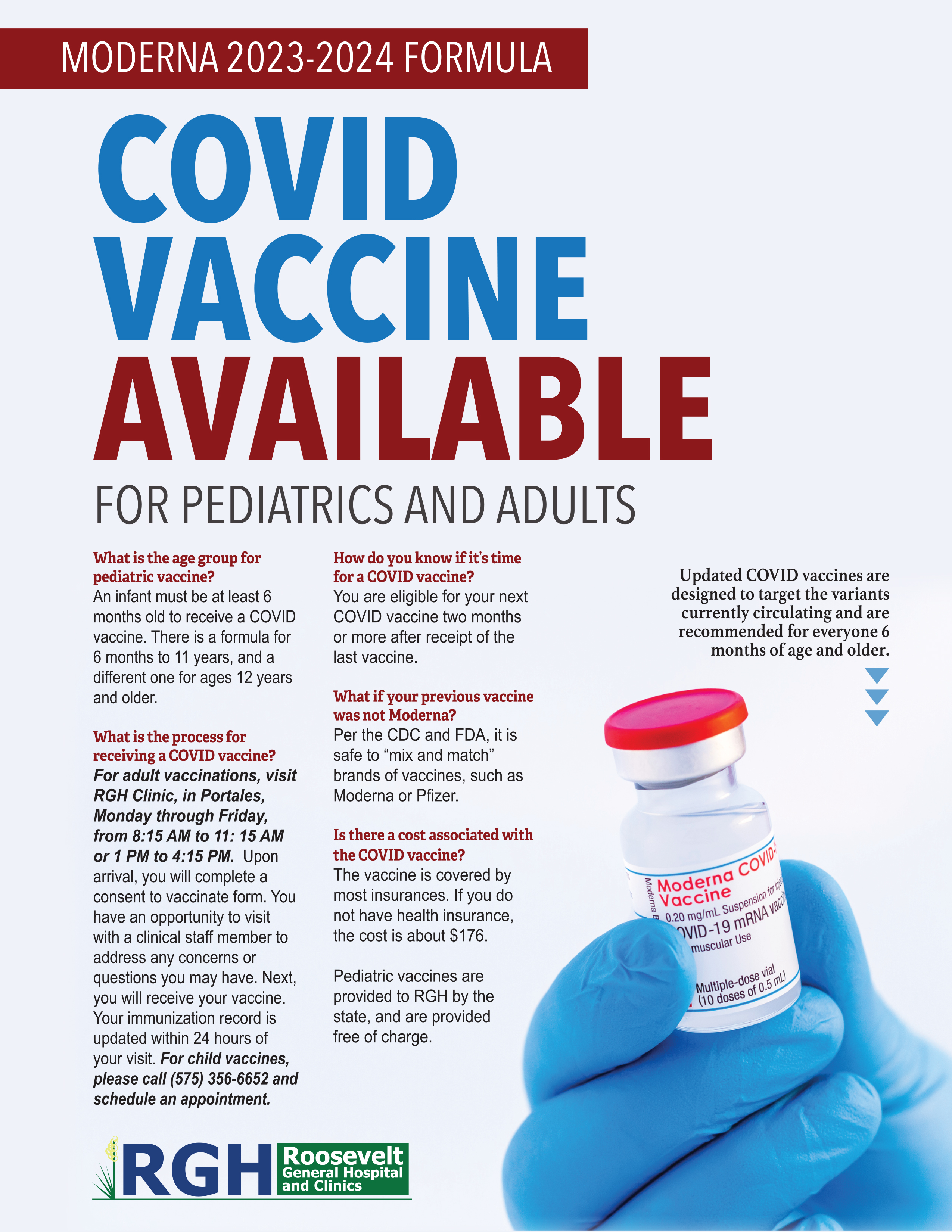FOR IMMEDIATE RELEASE
March 15, 2021
Contact: Barry Massey, public information officer
NM Supreme Court upholds damages cap in state’s medical malpractice law
SANTA FE – New Mexico’s cap on certain types of damages for injuries from medical malpractice does not violate the constitutional right to a jury trial, the state Supreme Court ruled today.
The Medical Malpractice Act (MMA) limits damages at $600,000, excluding punitive damages and compensation for medical and rehabilitative care. The cap applies to damages for such things as pain and suffering and a loss of future earnings.
In a unanimous decision, the state’s highest court held that the cap on nonmedical and nonpunitive damages “does not invade the province of the jury.”
“Rather, this statutory damages cap merely gives legal consequence to the jury’s determination of the amount of the verdict,” the Court concluded in an opinion written by Justice Barbara J. Vigil.
The Court overturned a Bernalillo County District Court’s 2018 ruling, which struck down the damage cap as unconstitutional and left intact a $2.6 million damage award against an Albuquerque physician, Dr. Rebecca Okun, and her employer, Women’s Specialists of New Mexico. They were sued by Susan Siebert for injuries from perforations in her uterus and intestines during a gynecological procedure in 2011.
After a jury returned its verdict, the district court ruled against a request by the medical providers to apply the damages cap. They appealed, contending that the total award should have been limited to about $1.54 million — $935,916 for medical expenses at the time of the trial and $600,000 for capped nonmedical damages.
The state Court of Appeals transferred the case to the Supreme Court to address constitutional issues.
The New Mexico Constitution – Article II, Section 12 – guarantees the “right of trial by jury as it has heretofore existed shall be secured to all and remain inviolate.”
According to the Court, “an inviolate right is not beyond the reach of regulation, so long as that regulation does not substantially impair the core essence of the right.”
Based on a historical analysis of the role of the jury, the justices concluded “that the right to trial by jury is satisfied when evidence is presented to a jury, which then deliberates and returns a verdict based on its factual findings. The legal consequence of that verdict is a matter of law, which the Legislature has the authority to shape.”
In establishing the damages cap, the Legislature “restricted the scope of the available legal remedy for injury resulting from the medical malpractice of a qualified health care provider,” the Court wrote, but nothing in the law “abridges plaintiff’s right to present evidence before a jury for ‘a fair and equitable resolution’ of the facts of the case.”
The Court explained that state law “provides that the jury shall not be informed of the damages cap, so we are further affirmed that the MMA nonmedical, nonpunitive damages cap does not invade the jury’s role as fact-finder.”
The Court ordered the case back to the district court for further proceedings.
The justices determined that the district court wrongly failed to follow a legal precedent established by a 2013 decision of the Court of Appeals, which held that the cap on damages did not infringe upon the constitutional right to a jury trial. However, the Supreme Court overturned part of the 2013 decision by concluding that the constitutional right to a jury trial applies to a civil lawsuit brought under the medical malpractice law.
The Court did not address questions whether the damages cap violates the constitutional doctrine of the separation of powers or guarantees of equal protection and due process. It was not necessary to analyze those constitutional issues to resolve the case, the Court determined, because the district court “did not definitively rule” there were violations of constitutional guarantees other than the right to a jury trial.
Under state law, medical providers receive certain legal protections if they maintain malpractice insurance coverage and pay into a patient compensation fund. Among those protections are the damages cap and a limit of $200,000 on a qualifying provider’s personal liability. The fund compensates patients for judgment amounts above the $200,000 limit.
###
To read the decision in Siebert v. Okun, No. S-1-SC-37231, please visit the New Mexico Compilation Commission’s website using the following link:





























